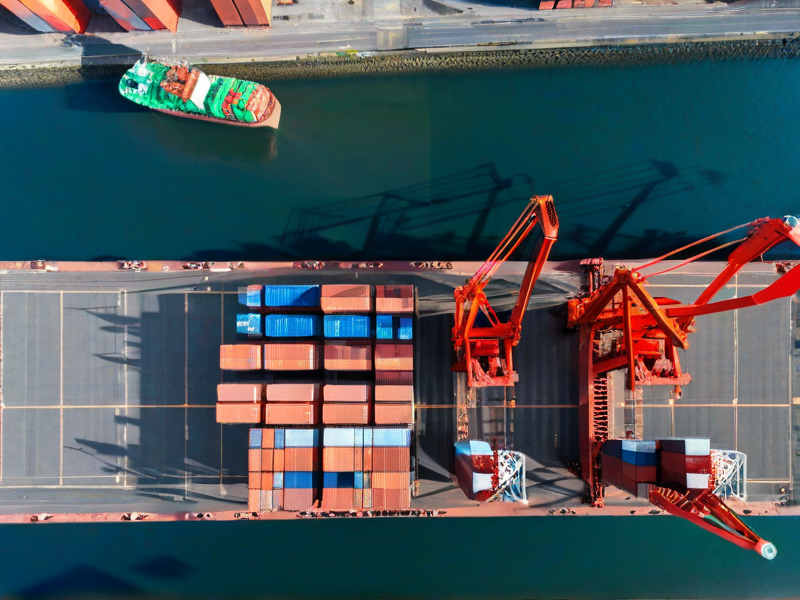Many Chinese merchants who are new to Southeast Asia still feel the differences in this unfamiliar market. Despite being an unmissable market for cross-border e-commerce, the logistics infrastructure in Southeast Asia is not yet as mature as it is domestically, which becomes a hurdle for cross-border merchants trying to accelerate their progress.

For instance, an interesting phenomenon is that most of the delivery vehicles in Southeast Asia are not trucks, but motorcycles.
Due to the region’s complex terrain, motorcycles can handle varied terrain conditions. Even in heavy traffic, they can maneuver through narrow streets and congested roads more efficiently than larger trucks. However, motorcycles have a limited cargo capacity and face challenges in transporting large items.
From a geographical perspective, Southeast Asia is made up mostly of island nations with widespread archipelagos and mountainous areas, presenting challenges for the “last mile” of e-commerce logistics. Even though many logistics service providers have expanded into Southeast Asia, the services still can’t compare to those in China.
Southeast Asia is seen as a rapidly growing blue ocean market for businesses going global. In 2023, the e-commerce market in Southeast Asia had the fastest growth rate globally, ranking first for three consecutive years in e-commerce market expansion (source: eMarketer).
However, unlike the price and product competition seen in China, any merchant looking to establish a competitive edge in Southeast Asia cannot overlook the importance of stable logistics services and sufficient transport capacity.
As a result, overseas warehouses have become a critical strategic asset for cross-border merchants, acting as a key tool to improve logistics efficiency.

 alt=""
alt="" 


 Logistics line quotation
Logistics line quotation Cross-border express order
Cross-border express order 24 hours online customer service
24 hours online customer service Huixiang Cross-border Logistics all rights reserved
Huixiang Cross-border Logistics all rights reserved 






